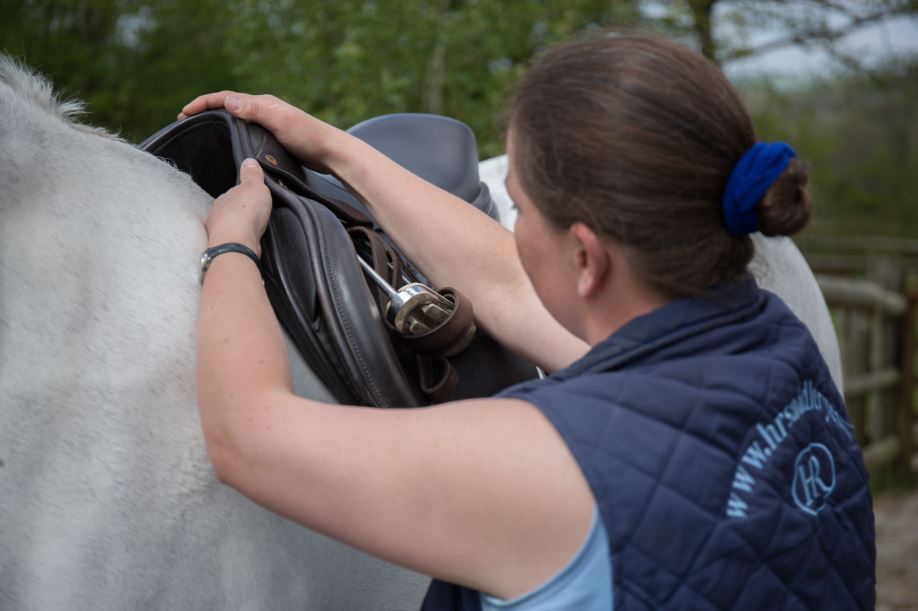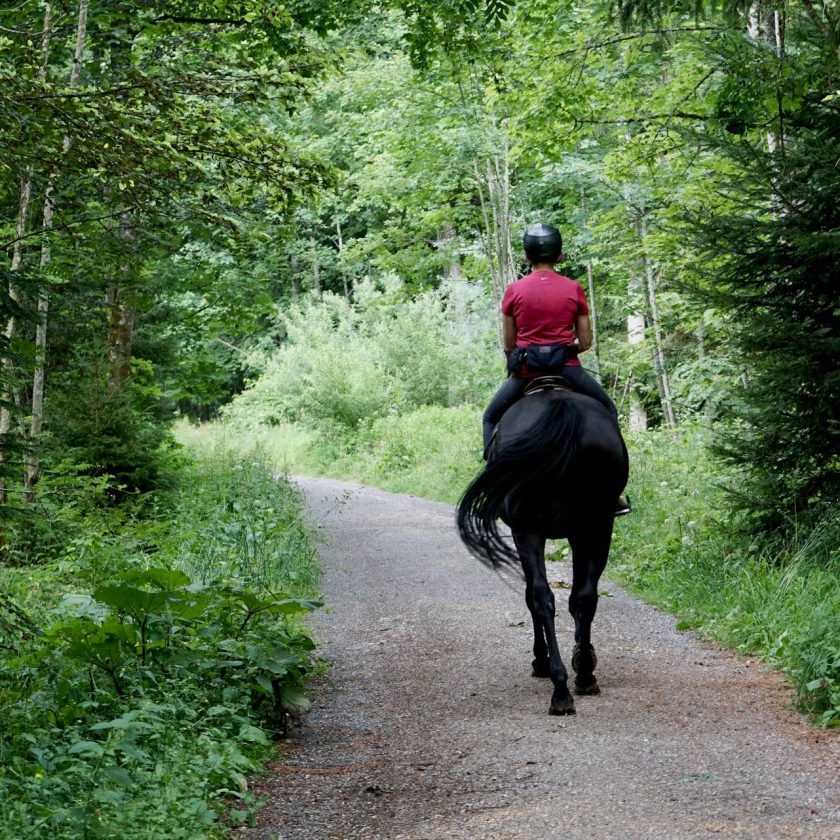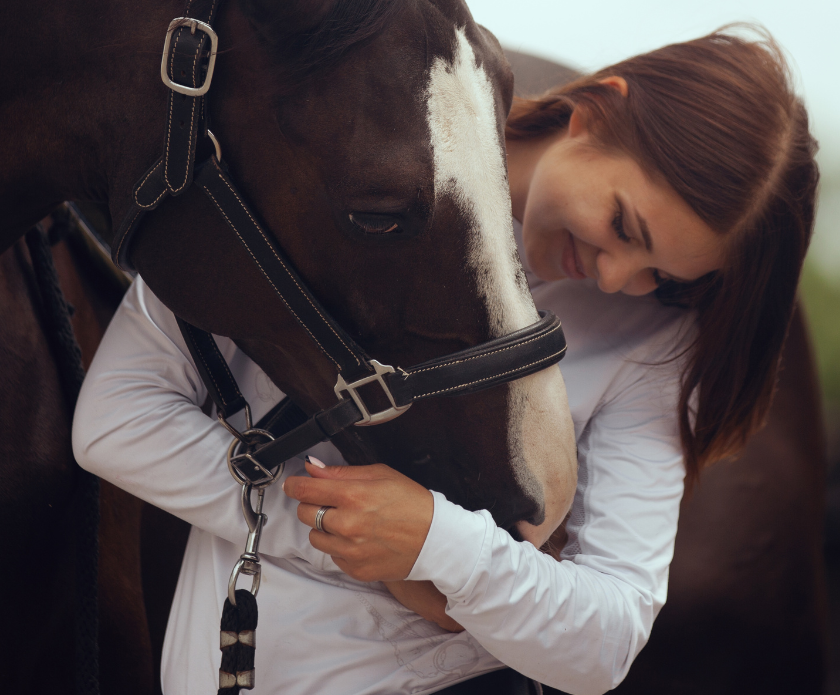Q&A: Areas to Consider When Assessing the Fit of a Saddle
Topic: Assessing the fit of a saddle when the horse has been out of work.
Here we welcome the thoughts of Society of Master Saddlers’ Registered Master Saddle Fitter, Helen Reader, on saddle fitting as she answers a frequently asked question:
My horse has changed shape since coming back into work and I’m worried his saddle isn’t fitting him as well as it used to. What are some areas to consider when assessing a good saddle fit?
Helen’s Answer
“Comfort of the horse is the first consideration when assessing a good saddle fit, followed by the comfort for the rider.
“When a horse first comes back into work after a break the saddle often sits differently. Consider first why and how long the horse has been off work. The horse’s shape can change even in a short period.
“Lack of work can cause lost condition affecting muscle over the withers, and along the back. Turnout on good grass can add to weight gain creating fat pads around the shoulder area. Lameness or injury may result in a horse becoming asymmetrical, which could cause the saddle to slip or twist.
“The balance of the saddle is first assessed by placing the saddle on the horse’s back and checking that the deepest part of the seat is parallel to the ground. A balanced saddle will sit the rider upright keeping their pelvis in the correct position. Tipping back will cause the rider to sit in an ‘armchair’ position increasing pressure at the back of the saddle and tipping forwards will cause the rider to pivot over the pommel causing increased pressure at the front of the saddle.
“Adequate clearance under the pommel is required with the saddle girthed up. The horse should never be ridden if the pommel is touching the withers. Too much height above the withers and it is likely that the seat will also be tipping backwards.
“The front of the panel should not be causing pressure behind the shoulders as this may cause the horse to shorten its stride and can conversely be caused by a saddle that is both too wide and too narrow.”
More points to consider with general saddle fitting
The cantle area of the saddle should sit no further back than the horse’s 18th thoracic vertebrae. To locate this area, find the last rib and follow it up to the horse’s spine. Mark this area with a piece of white chalk before placing the saddle on the horse as you would normally, just without a saddle pad. Girth up and assess where the saddle is positioned in relation to the chalked line. If the saddle extends beyond the white line then it is too long, this indicates a poorly fitted saddle. A saddle that sits too far back can cause soreness over the horse’s back and other areas of the pelvis region as the horse moves to compensate for the pain/pressure.
Remember to safety check (stitching, wear and tear) all areas of the saddle before starting to use it again. Areas to consider include;
- Girth and girth straps
- Stirrups and stirrup leathers
- Pannels – check for lumps and bumps as can cause pressure points
- Tree stability
- Flocking
- Stirrup bars
It is recommended that the saddle is checked by an SMS Registered Qualified Saddle Fitter at regular intervals whilst the horse is returning to full work.
For more information visit www.mastersaddlers.co.uk or contact The Society of Master Saddlers on 01449 711642.





